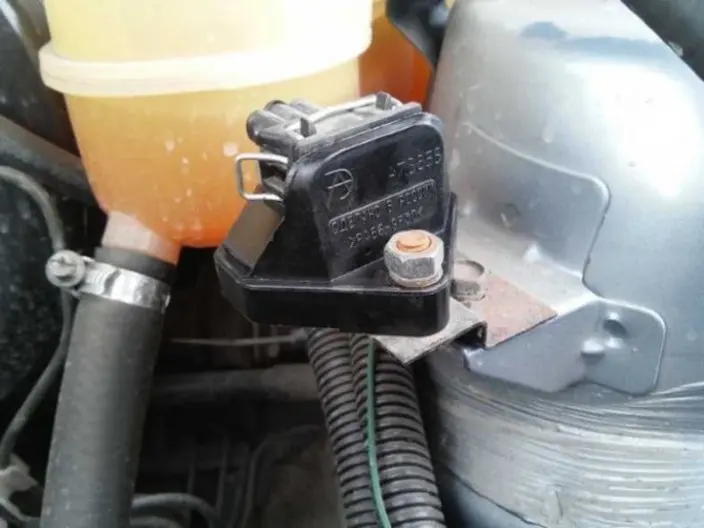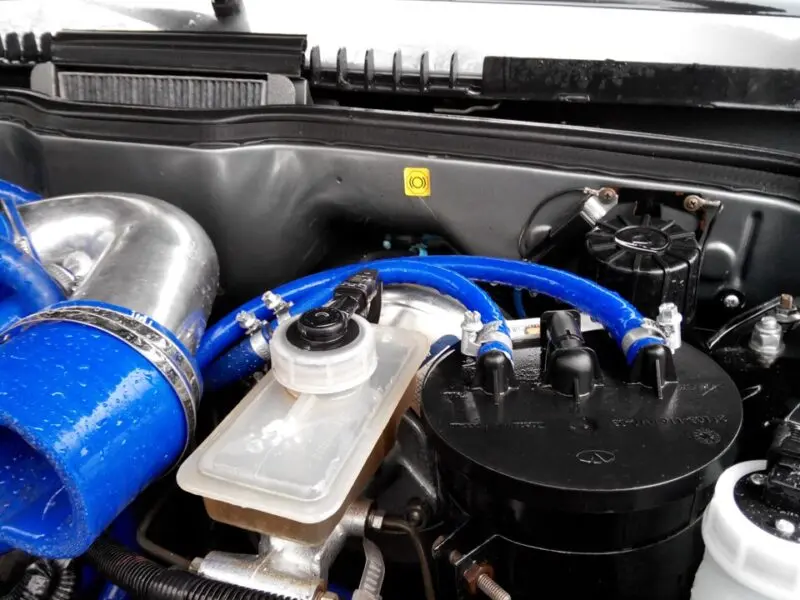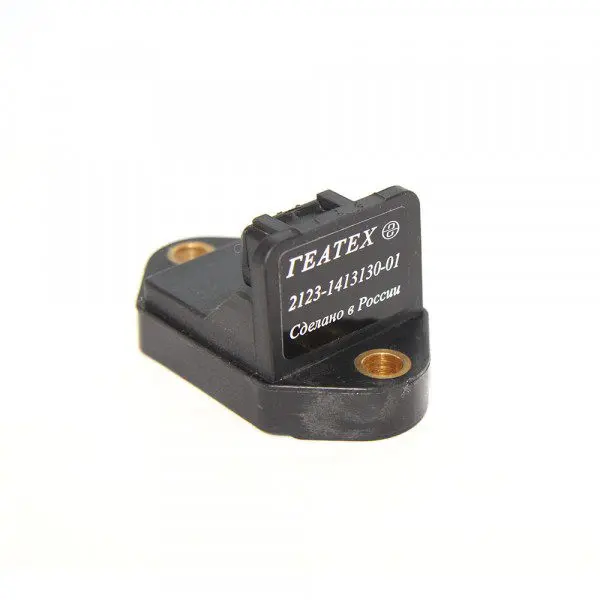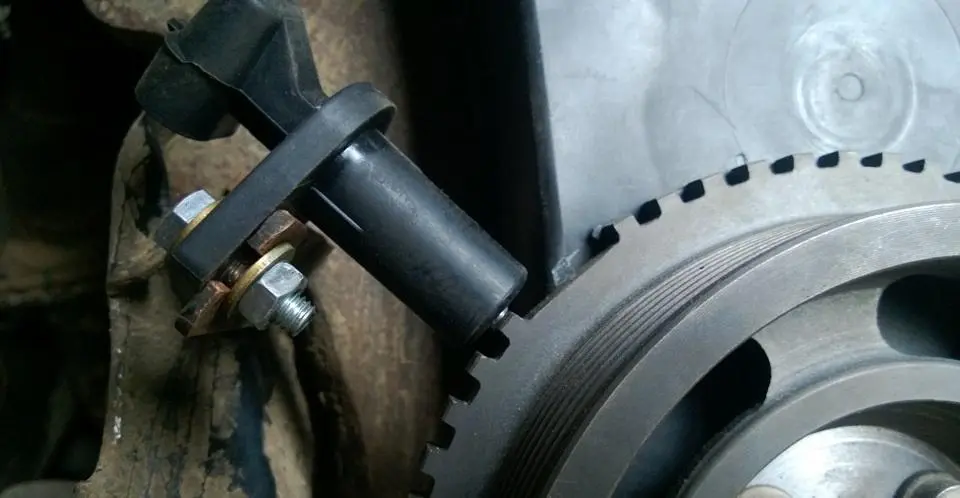
Rough road sensor and car adsorber - what is it and how do they work
Content
With the advent of injection engines, a significant number of sensors have been added to improve power and environmental performance. In the article, we will touch on a little-known rough road sensor and talk about the absorber - what it is and why they are needed.

What is DND?
The rough road sensor is a small device that temporarily turns off the engine diagnostic system temporarily so that the Check Engine does not constantly display on the instrument panel during misfiring. The sensor has a protective function. On engines with a Euro-3 environmental standard and above, the on-board system should react immediately when misfiring, as this significantly exceeds the gas emission standards. On average, up to 100 misfires occur per 4 operating cycles, so the modern automotive industry has long been concerned about the introduction of sensitive on-board diagnostics.
In general, a rough road sensor is required to detect and detect strong body vibrations that directly affect engine performance.

What is an adsorber?
After the introduction of the EURO-1 toxicity standards, the need arose for maximum control of exhaust gas emissions into the atmosphere, as well as control of gasoline evaporation. The adsorption system does not allow gasoline vapors to enter the atmosphere, thereby relieving the driver and passengers of the smell of gasoline, thereby increasing environmental friendliness and fire safety standards.
In the adsorber itself there is activated carbon that absorbs all harmful substances when the engine is not running. The system is called EVAP and works as follows:
- at the end of engine operation, vapors arise in the fuel tank, which rise to the fuel filler neck and tend outward, creating a dangerous overpressure in the tank;
- a separator is provided near the neck, which separates the liquid from the vapor, which flows through special pipes back into the tank in the form of fuel condensate;
- the remainder of the vapors, which the separator did not cope with, enter the adsorber, and after starting the engine through the ventilation valve, gasoline vapor enters the intake manifold, and then into the engine cylinders.
How does the misfire check mechanism work?
Any injection engine is equipped with a self-diagnosis system for misfire. A crankshaft position sensor is installed near the crankshaft pulley, which is an electromagnetic element that reads the speed and stability of the pulley rotation, and sends pulses to the engine control unit.
If the sensor detects unstable rotation, a misfire check is performed immediately, after which “Engine error” may appear on the instrument panel, and when a diagnostic scanner is connected, a misfire history will appear in the report.

How does the rough road sensor work?
The sensor, depending on the design features of the car, is usually installed on the front side member, it can also be located on the frame or suspension element. Its work is based on the principle of a piezoelectric element - electrical impulses are generated during deformation. By the way, the principle of operation is similar to the knock sensor.
If the deformation of the piezoelectric element exceeds the permissible level, then at the output the sensor signals movement on an uneven road surface.

Why do i need a rough road sensor?
When driving on an uneven road, a situation may arise in which the wheel briefly breaks off the surface, which at the moment leads to a change in the rotation of the crankshaft. Thanks to the high-precision crankshaft rotation sensor, the slightest deviation is immediately detected as a misfire error.
Due to the presence of DND, constant error monitoring is temporarily suspended, and on more modern cars, the ignition is shifted towards the delay, for the highest quality ignition of the mixture.
When and why did the rough road sensor appear on cars?
As soon as automakers began to seriously think about the environment, the Euro standards were introduced. In 1995, the Euro-2 norm was adopted, obliging to equip the car with a catalyst, respectively, and sensors for detecting oxygen in the exhaust gases. At this point, all cars were equipped with rough road sensors.
The logic behind the implementation of DND is simple: unburned fuel quickly destroys the ceramic catalytic converter. Accordingly, the fixation of misfires allows you to stop the fuel supply in the cylinder where the mixture has not ignited, which allows you to save the catalyst from harmful effects.
If misfires are fixed randomly, in different cylinders, the Check Engine will notify you about this - it makes sense to make computer diagnostics of the motor.
If the misfires are related to the operation of the rough road sensor, the warning lamp will not light up.
Conclusion
So, the rough road sensor and the adsorber are important elements in the complex system of an internal combustion engine. The operation of the rough road sensor allows you to avoid false readings on misfires, as well as emit less harmful substances into the atmosphere, and in turn, the adsorber not only takes care of the environment, but also the health of the driver and passengers.
Questions and answers:
Where is the rough road sensor located? It depends on the car model. In those equipped with an ABS system, this sensor may not be present (the system itself performs its function). If this system is not available, then the sensor will be installed in the area of the right front wheel, for example, on the fender.
